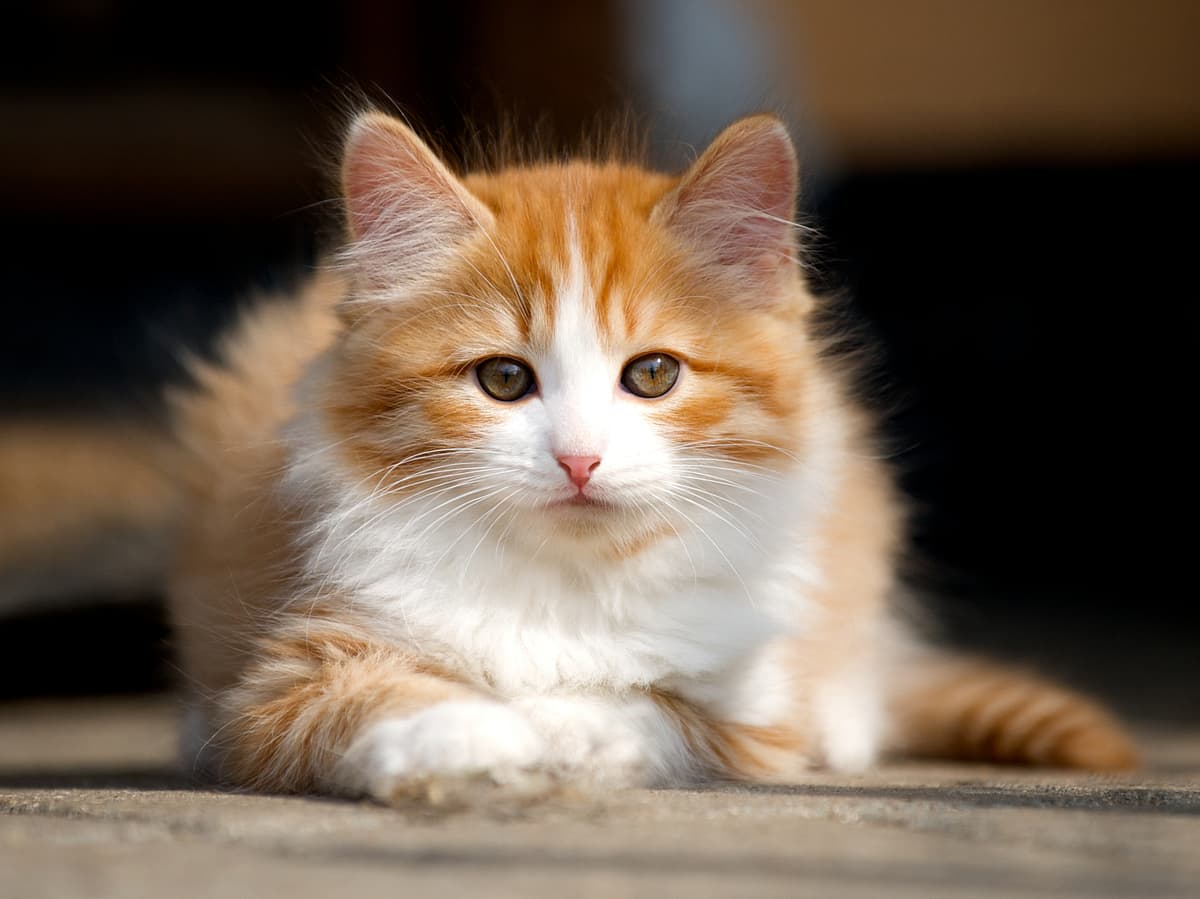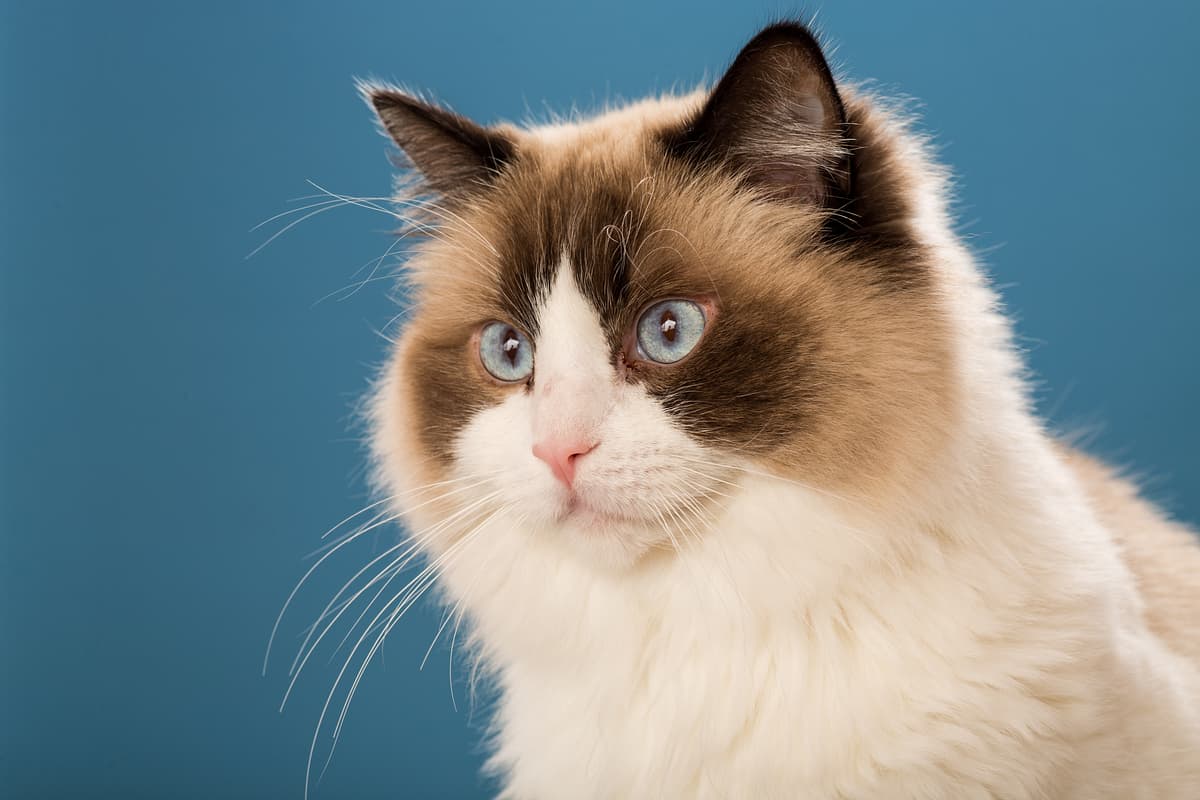Cymric vs Ragdoll
Discover the differences between Cymric and Ragdoll to make the best choice for your situation.
Try different breeds

Cymric
A playful, affectionate, and tailless breed that bonds closely with families. Loved for its plush double coat and gentle, dog-like personality.

Ragdoll
Gentle, affectionate, and known for their striking blue eyes, Ragdolls thrive as loving companions. Their relaxed nature makes them perfect for families and those seeking a calm feline friend.
Quick comparison
Medium
4–6 kg
Longhaired, double coat
8–14 years
3.5–5 kg
Moderately active
Large
6–9 kg
Longhaired, silky
12–16 years
4–6 kg
Low activity needs
Personality & behavior
Compare the personality traits and behavioral characteristics of both breeds.
Cymric
Affectionate and enjoys companionship with family members
Quick learner, responds well to interactive toys
Moderate activity, enjoys bursts of movement
Likes games, often initiates interactive play
Adjusts well to new environments and changes
Ragdoll
Affectionate and gentle with people and children
Learns routines and simple tricks quickly
Prefers lounging over frequent active play
Enjoys interactive toys in short sessions
Adjusts well to new environments and changes
Care needs
Exercise, grooming, and daily care requirements
Cymric
Spinal defects, arthritis
Ragdoll
Hypertrophic cardiomyopathy, bladder stones
Suitability
How well each breed fits different living situations and families
Cymric
Highly suitable
Cymrics are gentle, easygoing, and adapt well to new owners and routines.
Great choice
Cymrics are calm and adjust well to smaller spaces with enough enrichment.
Moderately adaptable
They enjoy play but don’t require constant high activity to stay content.
Very friendly
Cymrics are affectionate and tolerant, making them good companions for gentle children.
Usually compatible
Cymrics get along with other pets if properly introduced and socialized early.
Not ideal
They crave company and may become lonely or stressed if left alone too long.
Ragdoll
Highly suitable
Gentle temperament and easygoing nature make Ragdolls easy for beginners to manage
Perfect fit
Ragdolls adapt well to smaller spaces and are generally quiet and calm indoors
Not ideal
They are not especially energetic and may not match fast-paced or highly active lifestyles
Great choice
Their tolerant and patient nature makes them safe companions for families with young children
Very friendly
Ragdolls are sociable and typically get along well with other pets in the household
Prone to anxiety
They dislike being left alone for long periods and may develop stress or behavioral issues
Breed strengths
What each breed excels at and their best qualities
Cymric
- Affectionate with family members
- Playful and energetic nature
- Adaptable to various living environments
- Intelligent and quick to learn tricks
- Generally good with other pets
Ragdoll
- Gentle and calm temperament
- Tolerant of handling and children
- Typically gets along with other pets
- Low tendency for aggression or scratching
- Affectionate and enjoys human company
Challenges & considerations
Potential challenges and considerations for each breed
Cymric
- Prone to spinal and tail-related health issues
- Requires regular grooming for thick coat
- Sensitive to changes in routine
- May develop separation anxiety if left alone
- Can be reserved with strangers
Ragdoll
- Prone to certain genetic heart conditions
- Requires regular grooming for long coat
- May develop obesity without exercise
- Slow to mature, both physically and emotionally
- Not suited for unsupervised outdoor life
Ready to choose your perfect breed?
Learn more about each breed or compare other breeds to find the perfect match for your lifestyle.
Discover more helpful tools
Make use of our other free tools to get the most out of your pet experience
